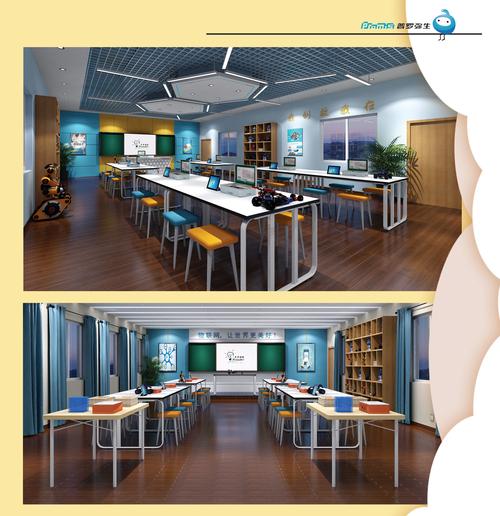```html
Exploring the Intersection of Art, Education, and Technology
Art, education, and technology are three dynamic fields that have the potential to intersect and complement each other in innovative ways. In recent years, the integration of technology into arts education has opened up new possibilities for creativity, learning, and collaboration. Let's delve into the opportunities and challenges of this intersection:
Technology offers a myriad of tools and platforms that can enhance the creative process in arts education. From digital drawing software to virtual reality (VR) art experiences, students can explore new mediums and techniques that were previously inaccessible. By incorporating technology into the curriculum, educators can encourage experimentation and interdisciplinary collaboration.
One of the most significant advantages of integrating technology into arts education is its potential to make learning more accessible and inclusive. For example, students with disabilities can utilize assistive technologies to participate in artistic activities that would otherwise be challenging. Additionally, online platforms and virtual classrooms enable students from diverse backgrounds to engage with art regardless of geographical constraints.
Technology facilitates personalized and selfdirected learning experiences in arts education. With the abundance of online tutorials, instructional videos, and interactive learning apps, students can explore different art forms at their own pace and tailor their learning journey to suit their interests and goals. Moreover, virtual exhibitions and digital archives provide access to a wealth of artistic resources from around the world.
Through technology, students can collaborate with peers and artists from across the globe, fostering cultural exchange and international dialogue. Virtual collaboration platforms enable synchronous and asynchronous communication, allowing students to work together on creative projects regardless of geographical distances. This global connectivity enriches the learning experience and exposes students to diverse perspectives and artistic traditions.
Despite the numerous benefits, integrating technology into arts education also presents challenges and concerns. One major concern is the digital divide, where students from underserved communities may lack access to necessary technology and resources. Bridging this gap requires concerted efforts from educators, policymakers, and technology providers to ensure equitable access to technologyenhanced learning opportunities.
While technology offers exciting possibilities, it's essential to strike a balance between digital tools and traditional artistic practices. Emphasizing handson experiences and analog techniques alongside digital skills ensures that students develop a wellrounded understanding of art and creativity. Integrating technology should complement, rather than replace, traditional arts education methods.
Effective integration of technology into arts education requires ongoing professional development for educators. Training programs and workshops can equip teachers with the knowledge and skills needed to leverage technology effectively in the classroom. Moreover, collaborative networks and online communities provide opportunities for educators to share best practices and learn from one another.
The intersection of art, education, and technology holds immense potential to transform the way we teach and learn about the arts. By embracing technology as a tool for creativity, accessibility, and collaboration, educators can enrich the arts education experience and empower students to become innovative thinkers and creators in the digital age.

